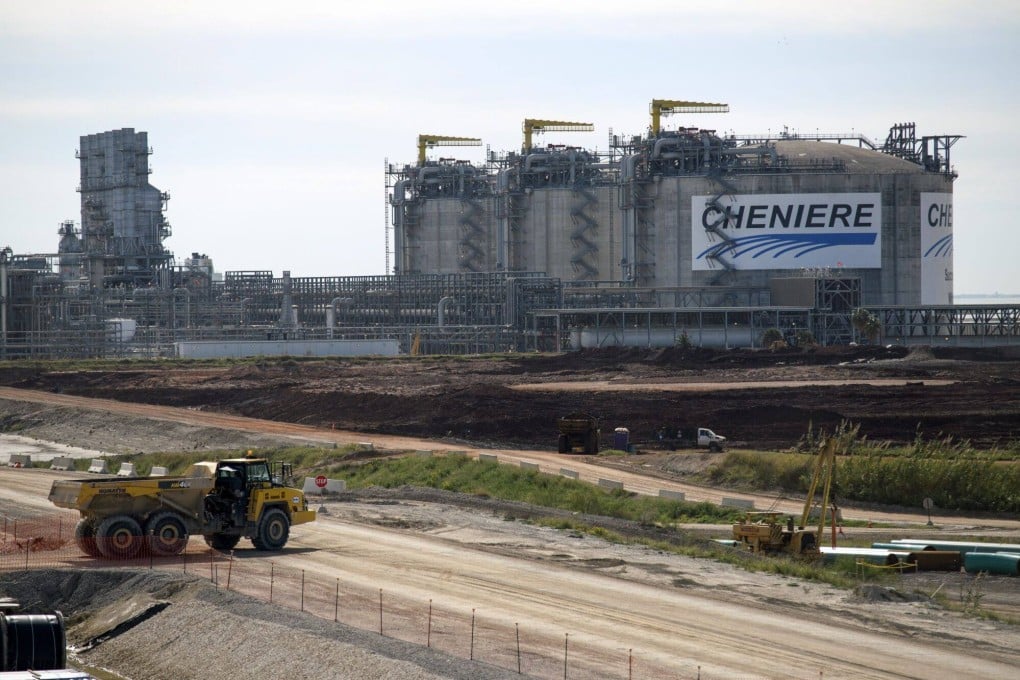Advertisement
China’s demand for LNG imports may double over next decade: largest US exporter Cheniere Energy
- ‘Everything is in place and heading towards a 130-to-140 million-tonnes market’ after 2023 import volume rose 12.6 per cent, says senior exec at firm
- But total still lower than in 2021 as China grapples with diminished energy consumption amid Beijing’s efforts to boost domestic gas production
Reading Time:2 minutes
Why you can trust SCMP
0

Ji Siqiin Washington
China’s demand for liquefied natural gas imports may double over the next decade, an official from America’s largest exporter of the commodity said on Tuesday, as the Asian country faces pressure to lower greenhouse gas emissions.
“Everything is in place and heading towards a 130-to-140 million-tonnes market in China alone, as we get towards the mid-30s-to-2040 time frame. Then we actually think it plateaus,” said Anatol Feygin, Cheniere Energy’s executive vice-president and chief commercial officer.
In 2023, China’s total LNG import volume reached 71.3 million tonnes, increasing by 12.6 per cent from a year earlier, according to Chinese customs data.
However, that was still lower than the record level of 78.9 million tonnes in 2021, as the country has struggled economically after the coronavirus pandemic, seeing diminished energy consumption amid Beijing’s efforts to boost domestic gas production.

The world’s second-largest economy views natural gas as a transitional energy source while it shifts from traditional fossil fuels to renewables. Beijing has pledged to peak carbon emissions before 2030 and achieve carbon neutrality by 2060.
Advertisement